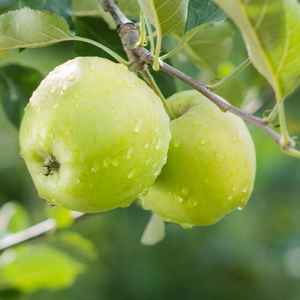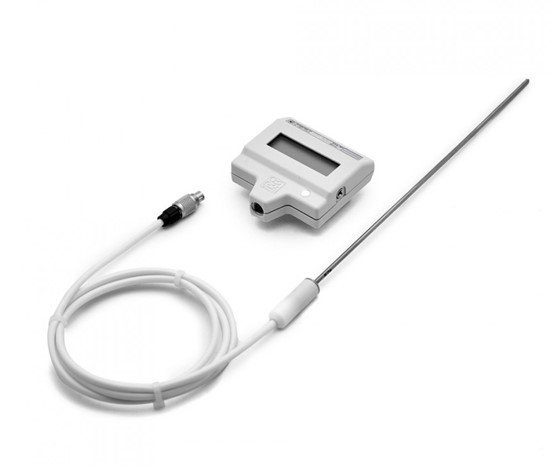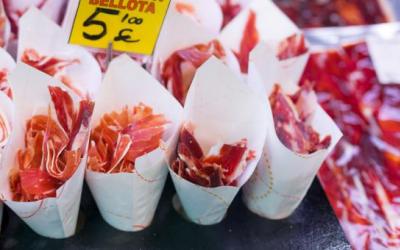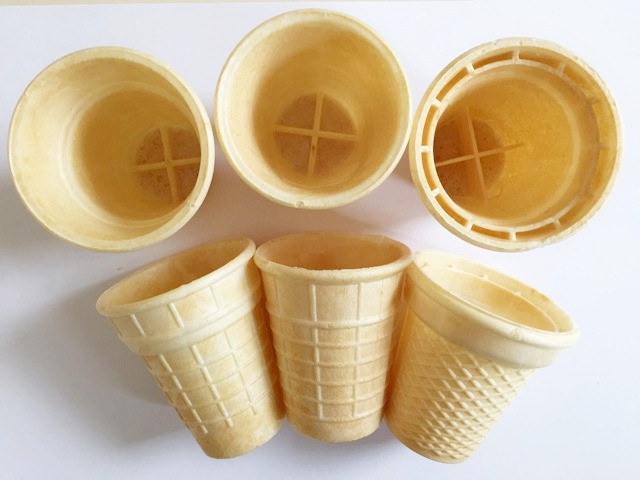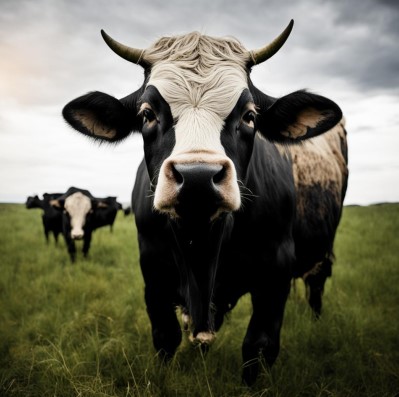These little birds save the area from pests. How to feed birds in winter?
The bird most familiar to us is the titmouse. it is exclusively insectivorous and feeds mainly on fruit trees. It is not surprising that during the breeding of the codling moth, sometimes whole flocks of tits appear in the gardens. During the day, one bird flies up to its nest with food about 400 times, destroying about 10 thousand insects during the feeding period, a third of which are pests, including codling moth caterpillars. One pair of tits can clear about 40 fruit trees from uninvited guests over the summer.
And the sparrows? During the season (from April to July), this nondescript gray bird manages to feed 2-3 broods of 4-5 chicks each. During the day, a sparrow flies up to its nest with prey about 300 times. The feeding of the first generation of chicks coincides with the period of development of the larvae of the APPLE flower beetle in the buds of the apple tree.
But winter starvation is detrimental to birds: only two out of ten survive. As long as the birds can forage themselves, they are not afraid of frost. But as soon as the snow is covered with ice (during thaws) or heavy snowfalls begin, hungry times come. And without our help they cannot survive, it is necessary to arrange bird canteens.
The simplest version of the feeder is a tray with a roof to protect food from rain and snow. An old birdcage with open doors will do.
A convenient and simple feeder is an ordinary plastic bottle or an ordinary paper MILK bag with a slotted window.
If you dream up a little, you can build something more original, for example, a hut on chicken legs, a telephone house or a decorative wooden house of exquisite shape. An excellent dining room is obtained from a hollowed-out dried pumpkin. A little imagination, and the feeder can become a decoration of the garden - both in winter and in summer.
Now about the menu. Even for winter starvation, not any food is suitable. Birds are happy to peck at unroasted (!) seeds of sunflower, pumpkin, hemp, hawthorn, wild rose, sea buckthorn, barberry, viburnum, fir and pine cones. The birds will not refuse oats and crumbs of white (and only white!) Bread, boiled bones, on which pieces of MEAT remain. Good for winter feeding grain mixture for parrots and canaries, which contains millet, hemp and canary seed. In the feeder, you can put medium-fat cottage cheese mixed with white breadcrumbs so that it does not stick together, a hard-boiled grated egg, finely chopped fresh apple. On frosty days, it is good to hang unsalted bacon or put a piece of butter.
A good treat - and flower boxes left over from autumn. Birds love the seeds of asters, marigolds, marigolds, sunflowers, sage, zinnias. The main thing is not to forget in the fall to leave faded plants until spring.
Despite the varied menu allowed, many "dishes" are banned. So, you can not feed the birds spoiled or expired food, salty chips or sweet corn flakes. Suitable for millet. Unlike millet, it is devoid of a shell, which leads to the oxidation of fats on the surface, the appearance of toxic substances, pathogens. Dangerous and black bread. Fried and salted seeds, salted lard should also be excluded from the bird's menu.
If you feed the birds now, they will stay with you. And your site will be under reliable protection all year round. It is said that in the 18th-19th centuries, in many landowners' estates, entire rooms were specially set aside for the wintering of birds that were cared for. And in the spring they were released into the garden.
Scientists have proven that bird singing has a positive effect on planting. And, perhaps, it is no coincidence that trills sound loudest in late May - early June, when crops grow intensively. Here's another productivity factor for you.
| Natalia VASILIEVA, 7 Days newspaper, photo by BELTA.
REPRINTING OF THIS MATERIAL (IN WHOLE OR IN PART) OR OTHER USE OF THIS MATERIAL IS PROHIBITED
Read also:

